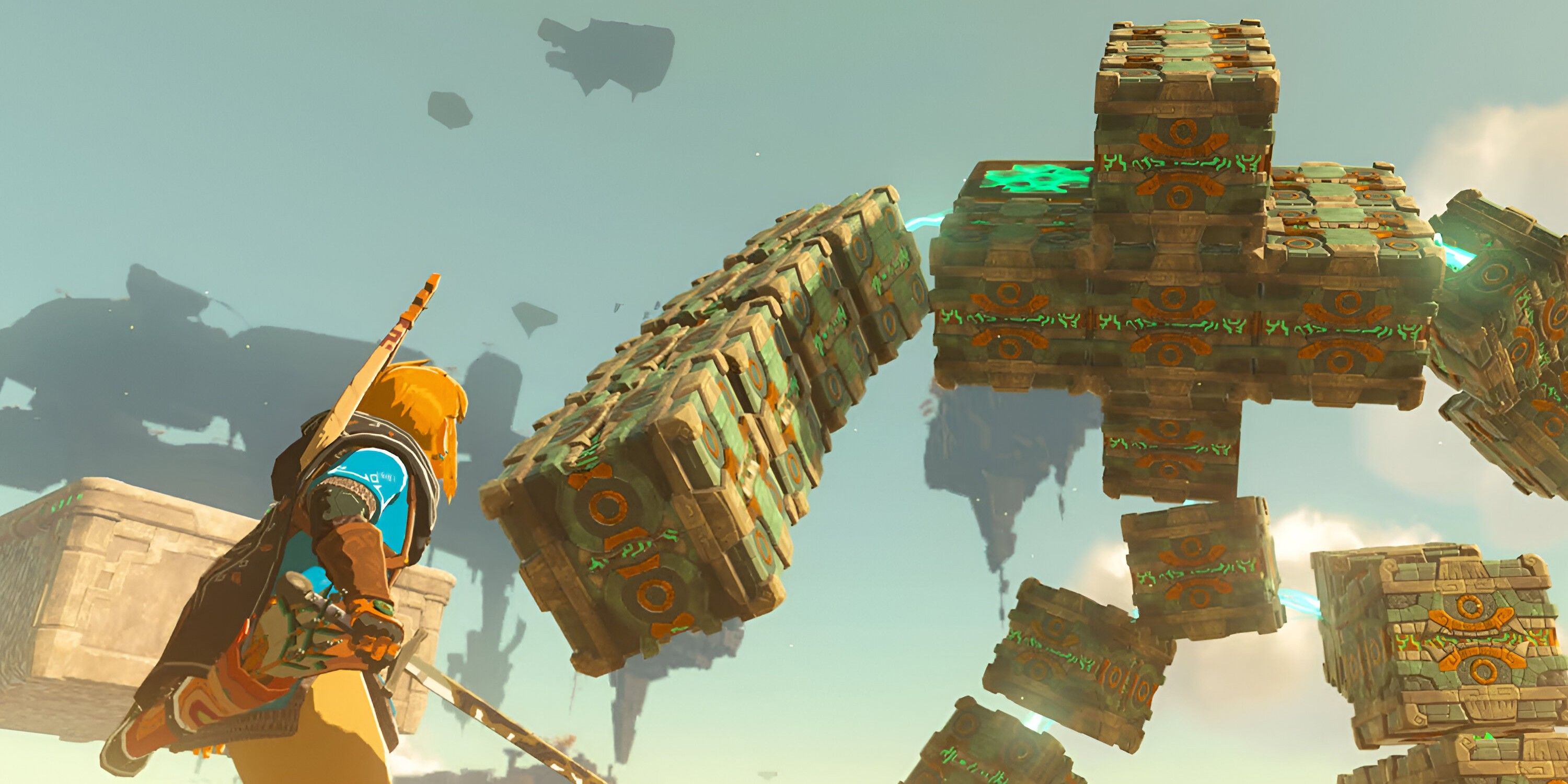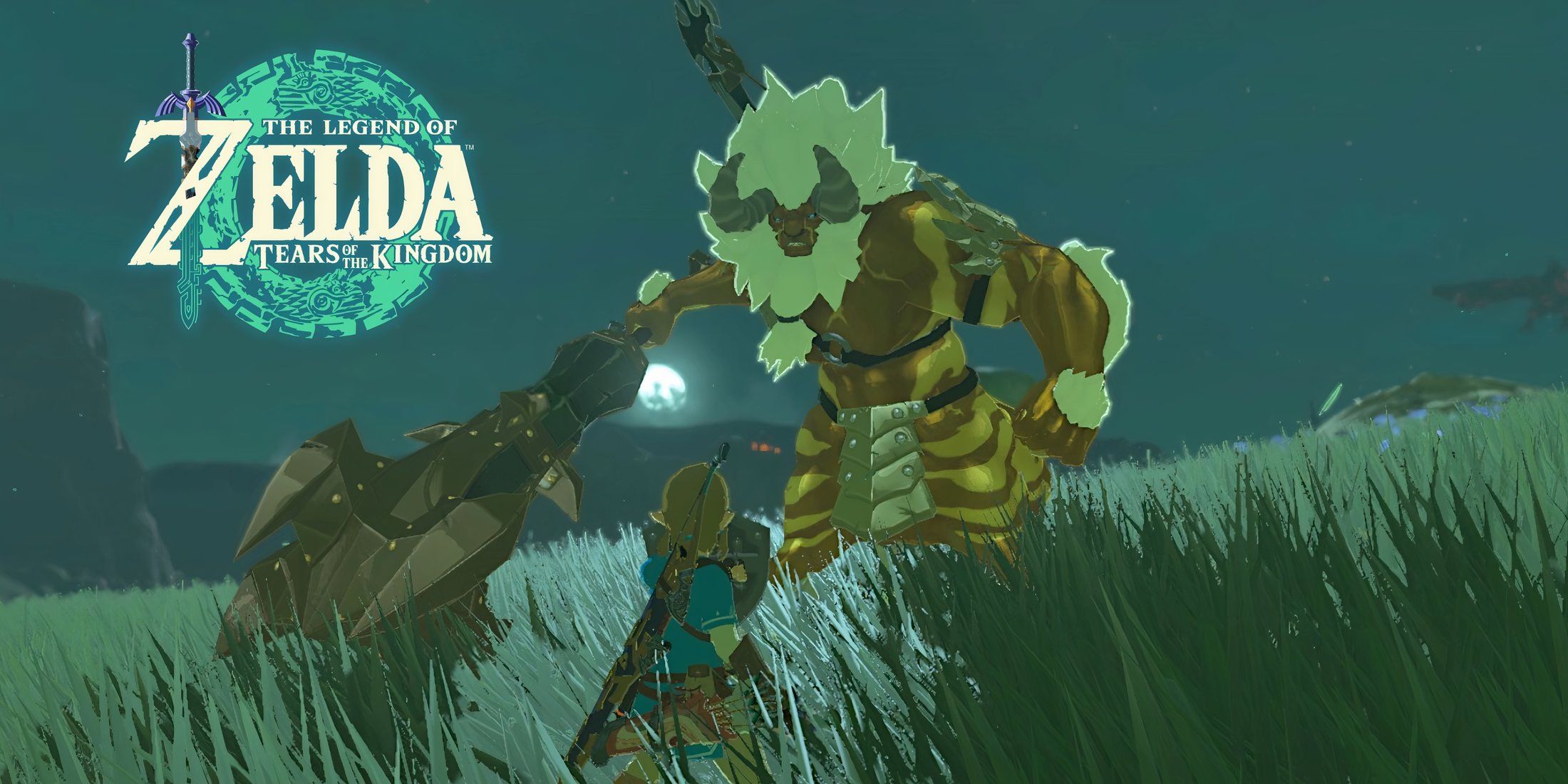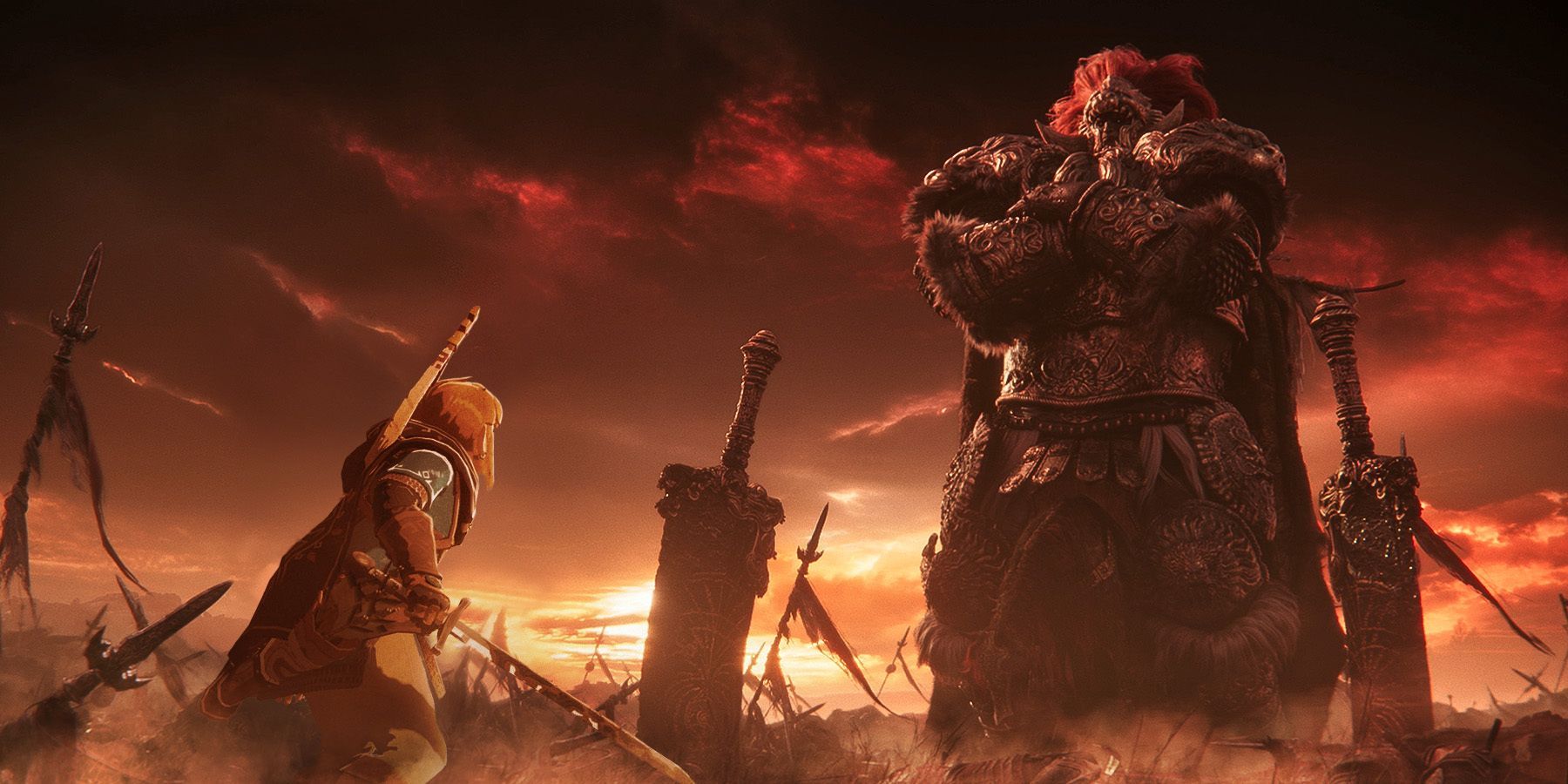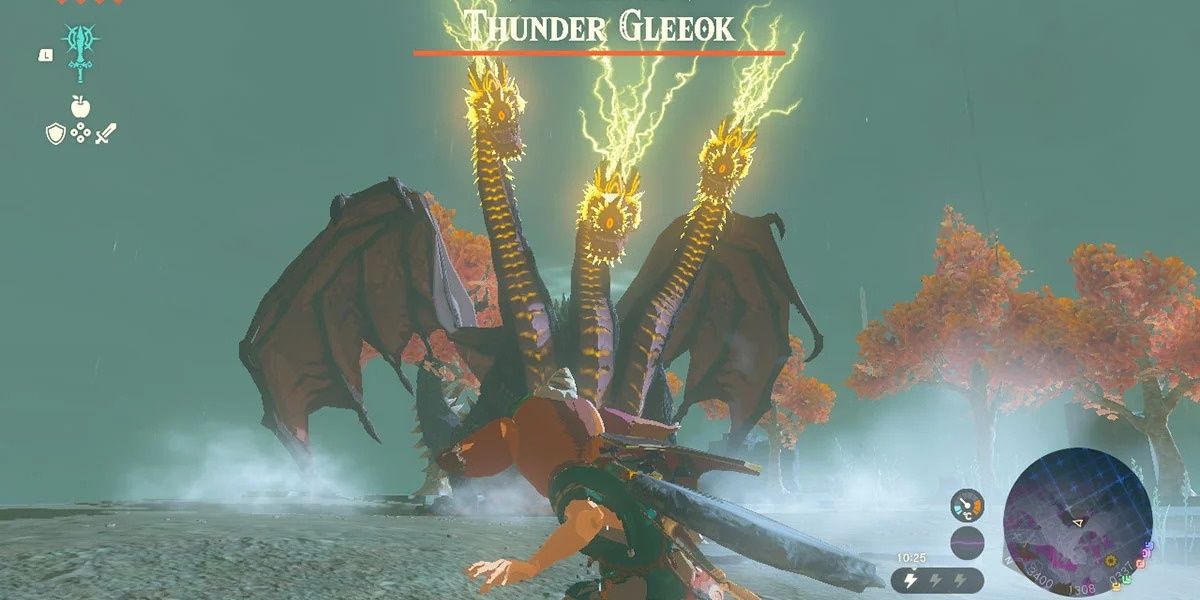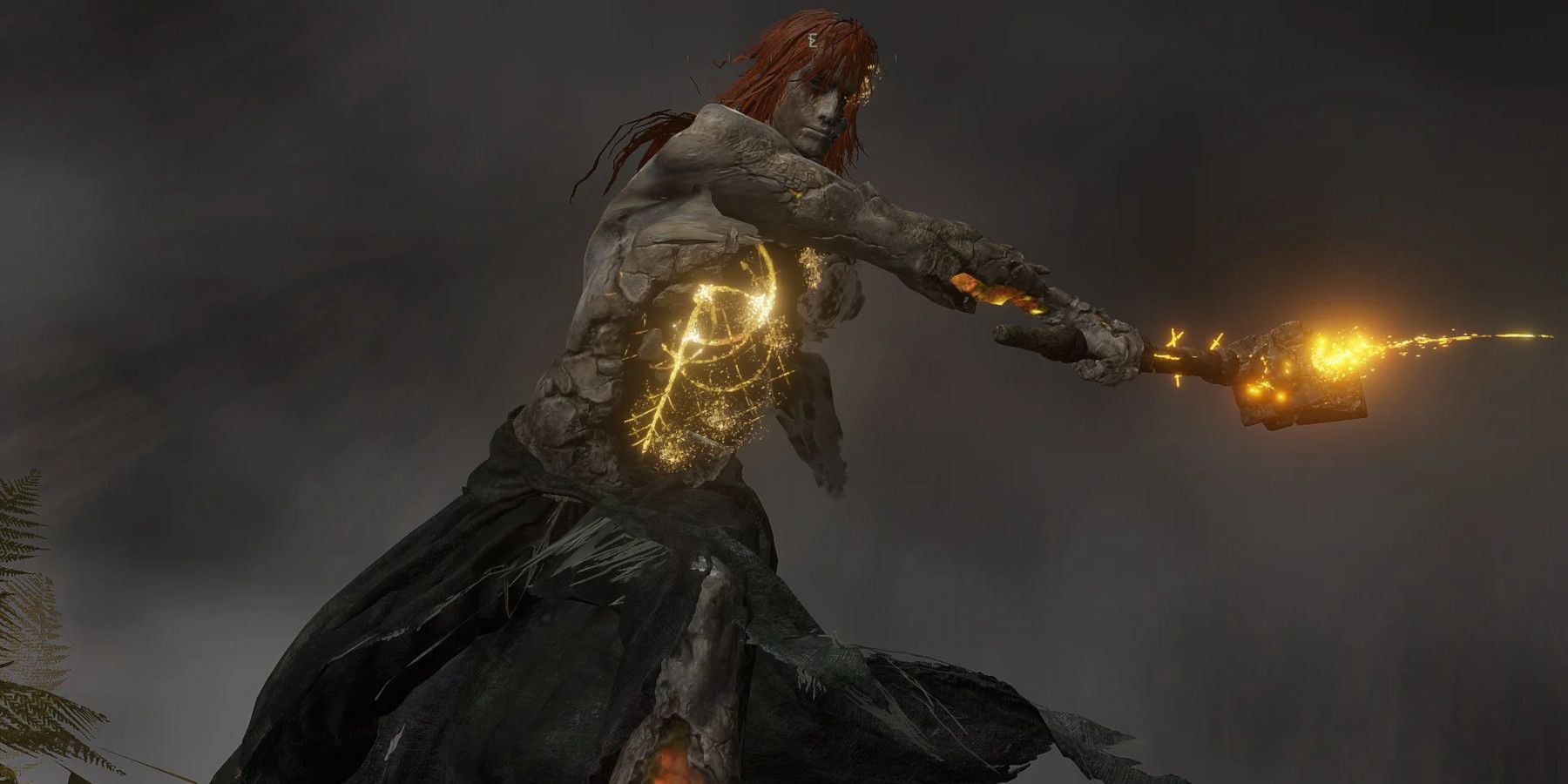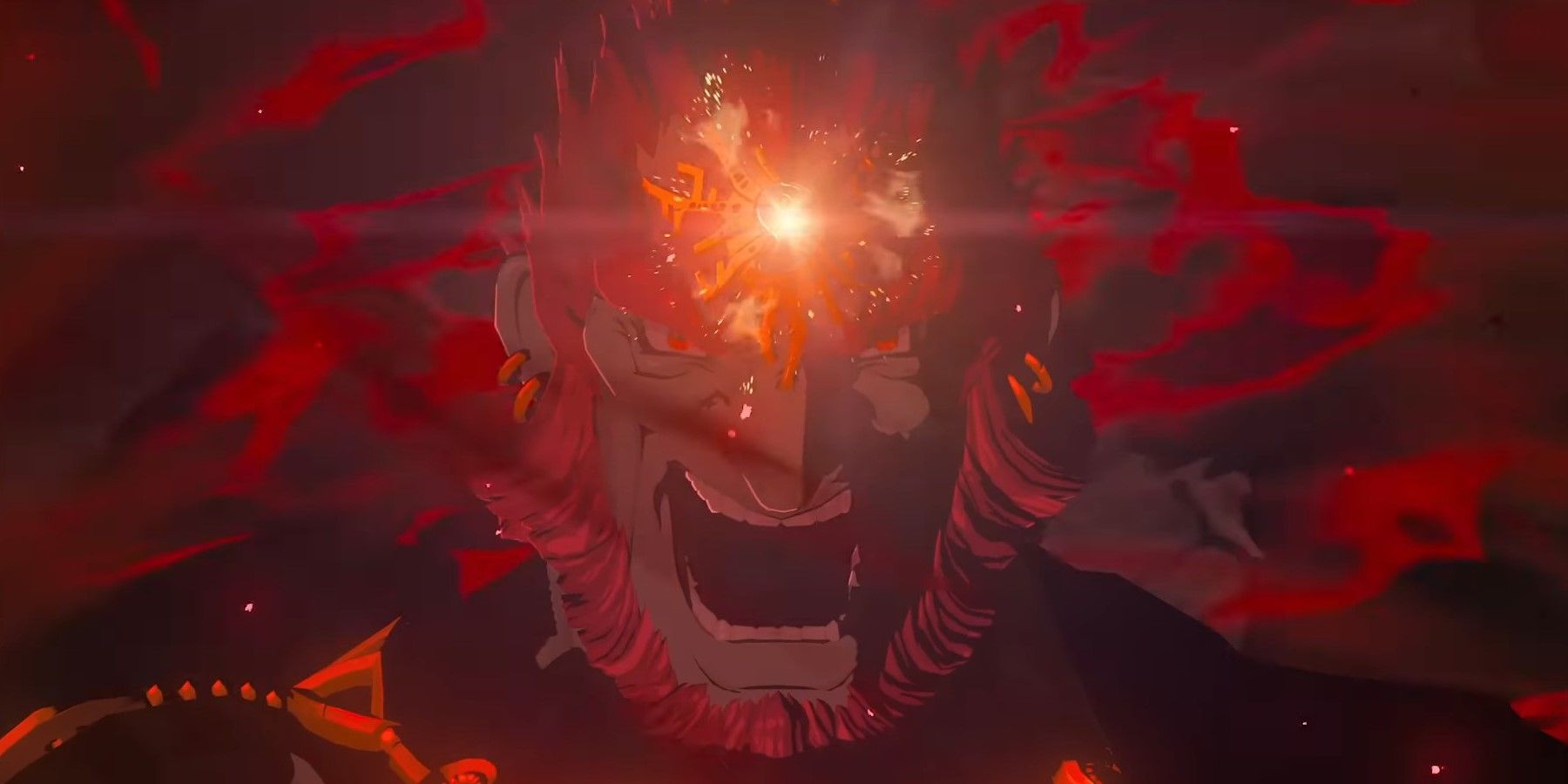The Legend of Zelda: Tears of the Kingdom has taken the world by storm with its massive launch. Anticipation was high since it was the follow-up to Zelda: Breath of the Wild, but for many, Zelda: Tears of the Kingdom is another marked evolution for the open-world genre. Even then, it's impressive for a new release to compete at the same level as Elden Ring. In fact, there is a direct line of comparison between the two games' approach to boss encounters.
SPOILERS AHEADElden Ring was praised for its innovative open-world design when it launched back in 2022 with plenty of variation for approaching the main quest, powerful enemies roaming the overworld, and the general dungeon and boss structure, among much, much more. The open world of Zelda: Tears of the Kingdom now sees Link approaching the main quest in a number of ways, dealing with powerful enemies in the open world and in dungeons. This formula may sound familiar to Elden Ring fans—of course, it is a bit basic and could apply to a number of games—but the similarities in boss design ring true for both Link's latest adventure and the Tarnished.=
Tears of the Kingdom’s Overworld Bosses Parallel Elden Ring’s Field Bosses
In Zelda: Tears of the Kingdom, players can face off against dangerous enemies in Hyrule as soon as the adventure begins, some serving as Overworld Bosses. Elden Ring shares this same distinction with its optional Field Bosses. This concept is centered around the idea that the player might be defeated and intimidated by a boss like this when they first encounter it, but after having progressed farther into the game and acquired power, the boss fight becomes easier when the player returns. This type of boss design creates a greater sense of immersion, as enemies of this variety feel more like a genuine part of their world. Facing these bosses also helps to demonstrate the player’s growth to their own self, showing how far they have come since they were earlier in the game.
For example, the three-headed dragon creatures in Hyrule known as Gleeoks can’t help but evoke the several dragons that populated The Lands Between. The elemental Gleeoks await the player at various points in the overworld, huge monsters that the player is initially outmatched by. Similarly, Elden Ring players are likely to encounter their own challenging overworld elemental dragons that serve the same purpose, such as Borealis, the Freezing Fog, and Decaying Ekzykes.
Zelda: Tears of the Kingdom even features massive free-roaming stone golem beings known as Stone Taluses. These boss-like enemies can at times be the spitting image of a somewhat free-roaming field encounter from Elden Ring, the Walking Mausoleums. The similarities don’t end there though, since both types of golems are brought down by attacking ore deposits on their stone bodies. While their status as a boss in Elden Ring is debatable, the shared traits of Walking Mausoleums and Stone Taluses are certainly uncanny.
Tears of the Kingdom and Elden Ring's Bosses Have a Few Shared Traits
While Zelda: Tears of the Kingdom and Elden Ring have direct similarities with how they tackle their open-world boss fight formula, the parallels run even deeper than that. Both titles encourage free exploration, yet they also center on specific sets of dungeons across their lands pertinent to the main quest. However, though the bosses in the open world of Zelda: Tears of the Kingdom might have been remarkably similar to those of Elden Ring, the main dungeon bosses offer a refreshing sense of variety versus its doom and gloom. Colgera is an epic battle, for example, where Link faces the menacing, giant creature while floating high up in the air. It's a lot of fun and a beautiful set experience, fitting the same scale and atmosphere present in Elden Ring, without evoking a sense of fear.
Mucktorok is a sludge-manipulating creature that cloaks itself in the substance to create a dangerous shark form. It might seem intimidating at first, but its true form is goofy and cowardly. Several Elden Ring bosses utilize form changes, transformations, and illusions, such as Horoah Loux/Godfrey, the First Elden Lord. This muck manipulator stands out as a unique concept for the land of Hyrule. It’s not nearly as intimidating as something like Godfrey, but this unsuspecting encounter adds charm to the more light-hearted world.
Marbled Gohma is a fire-themed creature resembling a magma spider sort of concept. It’s inspired by appearances of the classic Gohma from the Zelda series, but its new fire powers create some connections to Elden Ring. Marbled Gohma is associated with a volcano and attacks the players using exploding, flaming projectiles. Combined with its beastly appearance, it has some similarities to Rykard, King of Blasphemy, albeit without that fight’s unforgiving, overwhelming difficulty.
Comparing Zelda: Tears of the Kingdom's Ganondorf and Elden Ring's Radagon
The main antagonist and final boss of Tears of the Kingdom, Demon King Ganondorf is an epic, multi-stage encounter that sets the game apart from its contemporaries. A humanoid boss that matches Link’s combat prowess, Ganondorf serves as a final test for the player. He uses several weapons and his signature crimson flames to terrorize the player, before reaching his final phase. Following the trend of the series’ past, this Ganondorf encounter culminates in his transformation into his Demon Dragon form. This is a highly cinematic and epic encounter in the skies, with Link being aided by his own benevolent dragon.
At the end of Elden Ring, the Tarnished was faced with the humanoid Radagon of the Golden Order, who similarly matched the player’s combat ability before transforming into the Elden Beast. However, the Radagon and Elden Beast encounter is often criticized for its slow pacing and frustrating nature, a sentiment not shared regarding Ganondorf’s newest incarnation.
By breaking down some of the concepts that made Elden Ring’s bosses so enjoyable, Nintendo has managed to implement some similar, but more manageable encounters in terms of difficulty in Zelda: Tears of the Kingdom. The land of Hyrule lacks the same grim, bleak tone of The Lands Between, shown in the relative cuteness and approachability of the still intimidating boss fights. These two releases are examples of a curious interplay taking place between open-world games in the current landscape, a genre that Nintendo has pushed forward once again with The Legend of Zelda: Tears of the Kingdom.
The Legend of Zelda: Tears of the Kingdom is currently in development.

